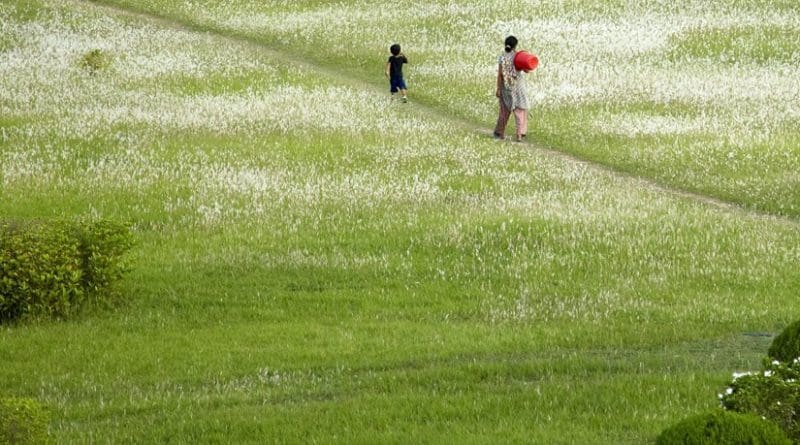Nepal: Rampant Child Kidnappings
Criminal gangs and other armed groups are abducting children in Nepal’s southern plains region known as the Terai for ransom, sometimes killing the children, Human Rights Watch said today. The Nepali government should ensure prompt and thorough investigations and prosecutions into all of these cases, Human Rights Watch said.
“These armed groups are willing to risk children’s lives to extort money from poor shopkeepers, farmers, and teachers,” said Bede Sheppard, senior children’s rights researcher at Human Rights Watch. “If the police consistently fail to get these children freed and home safely, they lose the faith of the community they are supposed to protect.”
In a recent investigation in Terai, Human Rights Watch documented five cases of child abduction for ransom by armed and criminal groups. The abductions Human Rights Watch documented are a small proportion of the total, and the problem appears to be much broader. An English-language media survey by Human Rights Watch shows that at least 28 children had been abducted in the Terai region in 2010. Nine of these abductions ended with the child being killed, and in two cases girls were raped by their abductors.
In almost all the cases that Human Rights documented, police failed to secure the child’s release before parents paid ransom. Some families told Human Rights Watch that police had not acted swiftly or undertaken what the parents considered to be an adequate investigation.
In one case, the father of 15-year-old Mubarak Rayin of Dhanusha district hired a private investigator, tracked down a suspect a few days after the boy’s abduction in October, and handed him over to the police for investigation.
Police were not able to secure Mubarak’s release, though. A month later, police informed the family they had found Mubarak’s body three days after the abduction, his head apparently crushed with rocks, and that they had buried him instead of notifying the family promptly and handing the body over to them.
Police told Human Rights Watch that they were not able to identify the body at the time but they later came to believe it had been Mubarak’s. The police have informed Human Rights Watch that they have arrested the suspected kidnappers, but they have yet to hand over Mubarak’s body to the family or to tell them its whereabouts.
“The kidnapping and killing of Mubarak Rayin underscores the urgency of investigating child abductions more promptly and responsibly,” Sheppard said. “Police not only failed to rescue him, but they mishandled the aftermath of his death. The failure to return Mubarak’s body to his family has only aggravated their suffering.”
The family has every right to have Mubarak’s body returned to them, and to cremate the body according to their own tradition, Human Rights Watch said.
In the cases investigated by Human Rights Watch, police efforts to secure the release of children usually took more than ten days, and almost always occurred only after the family had paid the ransom demanded. The initial ransom request was an average of 500,000 rupees (US$7,142), a crippling amount of money for these families.
There have also been serious allegations by families and human rights activists that members of the police themselves have been involved in carrying out abductions, or have benefitted from turning a blind eye to these cases. The abduction and killing of two teenagers, Kapil Dwibedi, and Liladhar Bhatta in October 2010 in Nepalgunj, Banke district, was one example. The media reported that the prime suspect arrested by the police implicated two local police superintendents and a sub-inspector of National Investigation Bureau in the incident. Police have not yet publicized the facts of the investigation into the alleged involvement of the three police officers.
Human Rights Watch called on the government of Nepal to investigate all cases of abductions and take appropriate measures to prevent these abductions.

